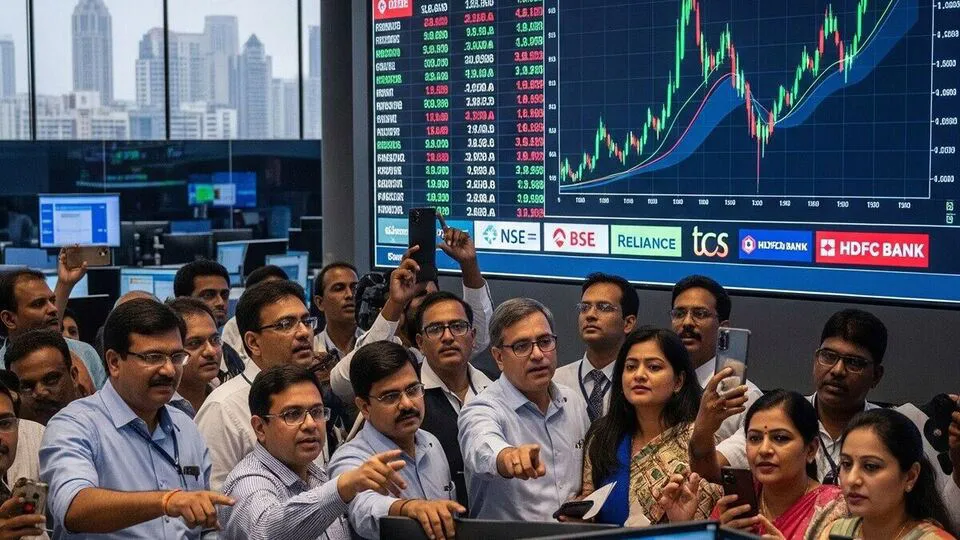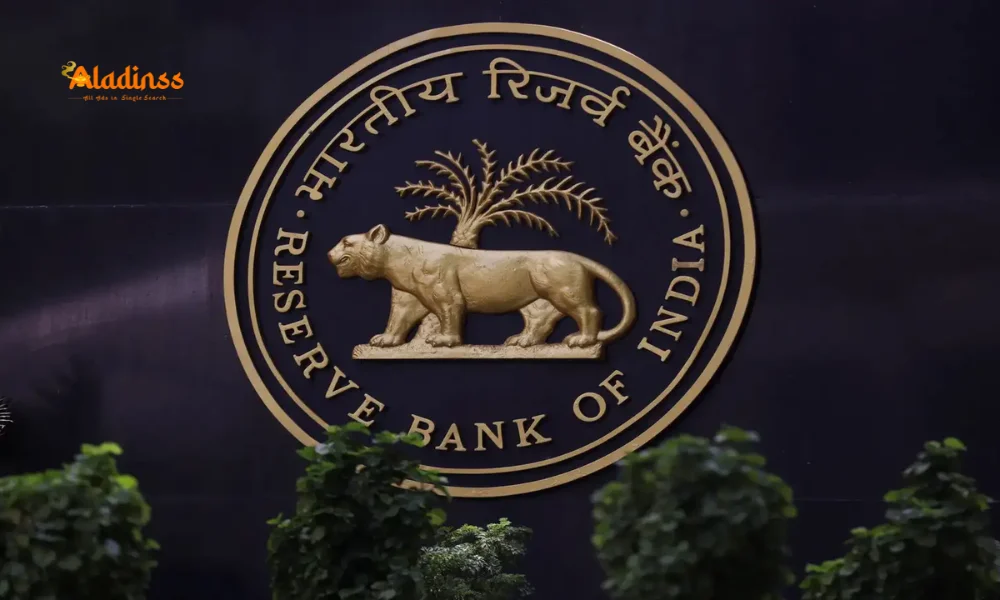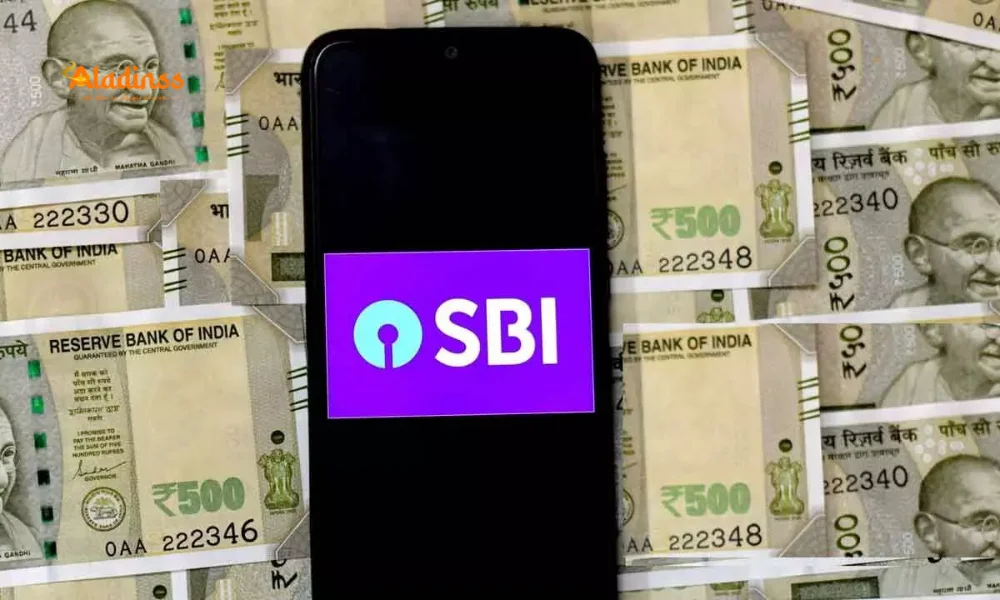Sensex 1,500-Point Rally: Why Indian Market Rises

Sensex Climbs 1,500 Points in Three Sessions: Unpacking the Surge in Indian Stock Market
The Indian stock market is on a roll, with benchmark indices delivering robust gains amid renewed investor confidence. Over the past three trading sessions starting last Wednesday, the Sensex has advanced by more than 1,500 points, while the Nifty 50 has reclaimed the crucial 25,000 level, signaling a strong rebound. This uptick reflects broader optimism in the domestic economy, driven by a mix of sectoral recoveries and macroeconomic tailwinds. For investors tracking why the Indian stock market is rising, understanding these dynamics is key to navigating future opportunities in Sensex today and Nifty performance.
On Monday, October 6, the momentum continued as the Sensex surged over 600 points, or about 1%, touching an intraday peak of 81,846. Similarly, the Nifty 50 climbed nearly 1% to 25,088 during the session. While midcap stocks edged up by half a percent, smallcaps dipped slightly by 0.30%, highlighting selective buying in larger names. This rally comes after a period of volatility, underscoring how factors like policy decisions and earnings outlook are reshaping market sentiment. As foreign institutional investors reassess positions, the focus sharpens on sustainable drivers behind this Indian stock market rise.

Short Covering Fuels Momentum in Quality Stocks
A key catalyst in the recent upswing is short covering, where traders who bet against the market are now buying back shares to close positions, particularly in resilient sectors. After a corrective phase, this activity has propelled quality stocks higher, injecting fresh liquidity into the benchmarks. The IT sector, battered by worries over H-1B visa policies and global headwinds, staged a notable comeback, with the Nifty IT index leaping over 2% intraday for the third straight session.
This unwinding of shorts not only stabilizes prices but also attracts sidelined buyers, amplifying the Sensex gains. Historically, such covering rallies often precede broader recoveries, as seen in past cycles where initial dips gave way to sustained climbs. For the Indian stock market, this dynamic highlights the interplay between sentiment and technical factors, encouraging a shift from caution to calculated optimism among retail and institutional players alike.
Experts note that this covering is concentrated in fundamentally sound names, reducing downside risks and setting the stage for deeper corrections to fade. As volatility eases, investors monitoring Nifty 50 trends can leverage this for portfolio adjustments, focusing on sectors showing early signs of revival.
Banking Sector Rally Bolsters Overall Indices
Banking stocks have emerged as a powerhouse, driving significant portions of the benchmark upmove given their hefty weighting—IT and banking together account for almost half of the indices. The Nifty Bank index has posted gains across four sessions, accumulating over 3%, reflecting renewed faith in financial services amid stabilizing economic cues.
The Reserve Bank of India's decision to hold policy rates steady has eased fears of squeezed margins for lenders, fostering a conducive environment for credit expansion. Pankaj Pandey, Head of Research at ICICI Securities, emphasized that the RBI's constructive stance has invigorated the BFSI space, with IT short covering adding synergy. This tandem effect underscores why banking rally is pivotal to the broader Indian stock market rise, as these heavyweights dictate index trajectories.
Looking ahead, sustained performance in banks could signal improved liquidity flows, benefiting downstream sectors like real estate and consumer goods. Investors eyeing RBI policy impact on stocks should watch loan growth data, as it often correlates with market breadth expansion.
RBI's Policy Decisions Provide Much-Needed Comfort
The RBI's latest monetary policy, aligning closely with market expectations, has acted as a sentiment booster by projecting balanced growth and inflation paths. Upward revisions to FY26 GDP forecasts at 6.8% from 6.5%, coupled with a downward tweak in inflation to 2.6% from 3.1%, paint an encouraging picture for economic resilience.
Governor Sanjay Malhotra's dovish undertones further reassured stakeholders, mitigating risks of tighter liquidity. Announcements on fundraising and provisioning norms are poised to aid the BFSI sector, as noted by Pandey, enhancing operational buffers for banks. This RBI policy boost exemplifies how central bank actions can catalyze stock market rebounds, particularly when timed with global uncertainties.
In the context of why the Indian stock market is rising, these projections underscore a softening landing scenario, potentially drawing more FII inflows. Historical parallels show such policies often precede multi-quarter rallies, provided external shocks remain contained.
Optimism Builds Around Q2 Earnings Recovery
Anticipation for Q2 earnings is mounting, with consensus pointing to the nadir of downturns passed and a robust pickup from Q3. Brokerage insights from Motilal Oswal suggest the earnings cycle is stabilizing, with quarterly PAT growth eyeing 12% YoY in Q3FY26 and Q4FY26, alongside annual figures of 11% for FY26 and 14% for FY27.
Recent cuts in estimates have moderated to 1-2%, a far cry from prior aggressive trims, signaling bottoming out. Positive management outlooks during results announcements could validate this trajectory, fueling further Sensex and Nifty advances. This focus on Q2 earnings recovery ties into the narrative of why the Indian stock market is rising, as corporate profitability underpins valuation sustainability.
Sectors like consumer and industrials may lead the charge, buoyed by festive demand and infra spends. Investors should parse guidance for capex plans, as they often preview multi-year growth arcs.
Valuations Turn Attractive, Luring Back Foreign Flows
Benchmark valuations have moderated to appealing levels, with the Nifty at 20.6 times earnings—aligned with historical norms—prompting a potential pivot from FII selling. Since July, outflows stemmed from tepid results, elevated multiples, currency pressures, and US trade tensions, but easing dynamics could reverse this.
Motilal Oswal posits that earnings momentum, alongside government interventions and tariff resolutions, will catalyze re-rating. In an arena of low rates, abundant liquidity, and macro revival, further upside beckons. This shift in valuations now reasonable encapsulates a core reason for the Indian stock market rise, bridging domestic reforms with global catalysts.
For long-term players, this juncture favors diversification into undervalued pockets, balancing growth bets with defensive holds to weather residual volatilities.
Broader Implications for Investors and Economy
This confluence of factors not only explains the immediate rally but also hints at a structural pivot toward inclusive growth. As Sensex gains consolidate, attention turns to fiscal measures and global cues like Fed pivots, which could amplify domestic momentum.
Retail participation remains vibrant, yet discipline in position sizing is paramount amid lingering geo-risks. The rally's breadth, encompassing cyclicals and defensives, bodes well for equitable wealth creation across investor classes.
In essence, the Indian stock market's ascent reflects resilient fundamentals meeting opportune timing, positioning it as a bright spot in emerging markets. Vigilance on earnings delivery will be crucial to sustaining this trajectory.
- Monitor FII flows weekly for directional cues on sustained rally potential.
- Diversify across sectors to hedge against policy or earnings surprises.
- Track inflation trends, as they influence RBI's future stance.
- Leverage technical levels like Nifty 25,200 for entry/exit strategies.
Comment / Reply From
No comments yet. Be the first to comment!








